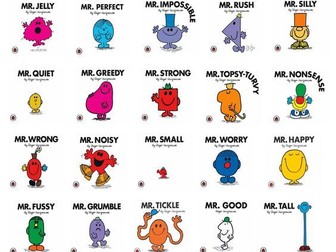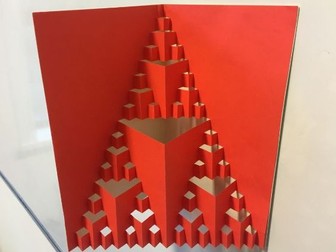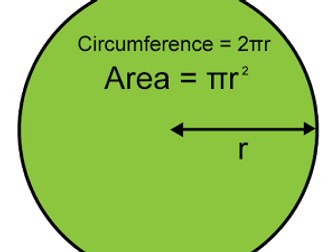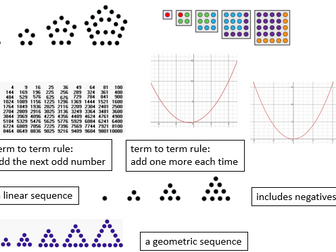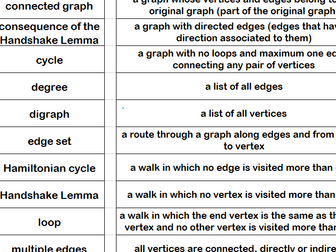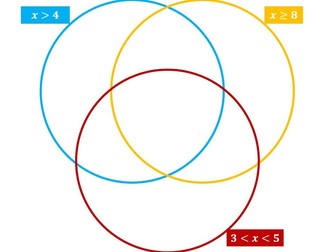
Energy Balance
Powerpoint for lesson on Energy / Carbs. Brief notes to outline lesson within presentation. Printable pupil sheets also uploaded - see my resources.
Presentation includes youtube link - the guy is real, but he is not really looking for staff!
Lots of activities here; lesson can be easily differentiated for different abilities, and length altered to fit one or two lessons.
Please feedback what is good / could be improved! This is my first upload.
